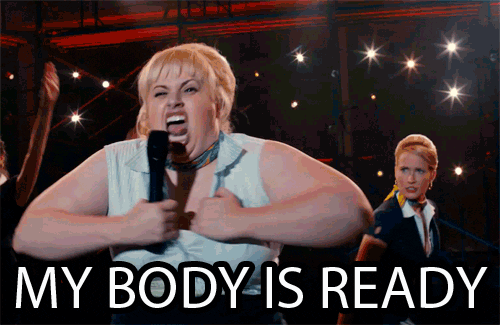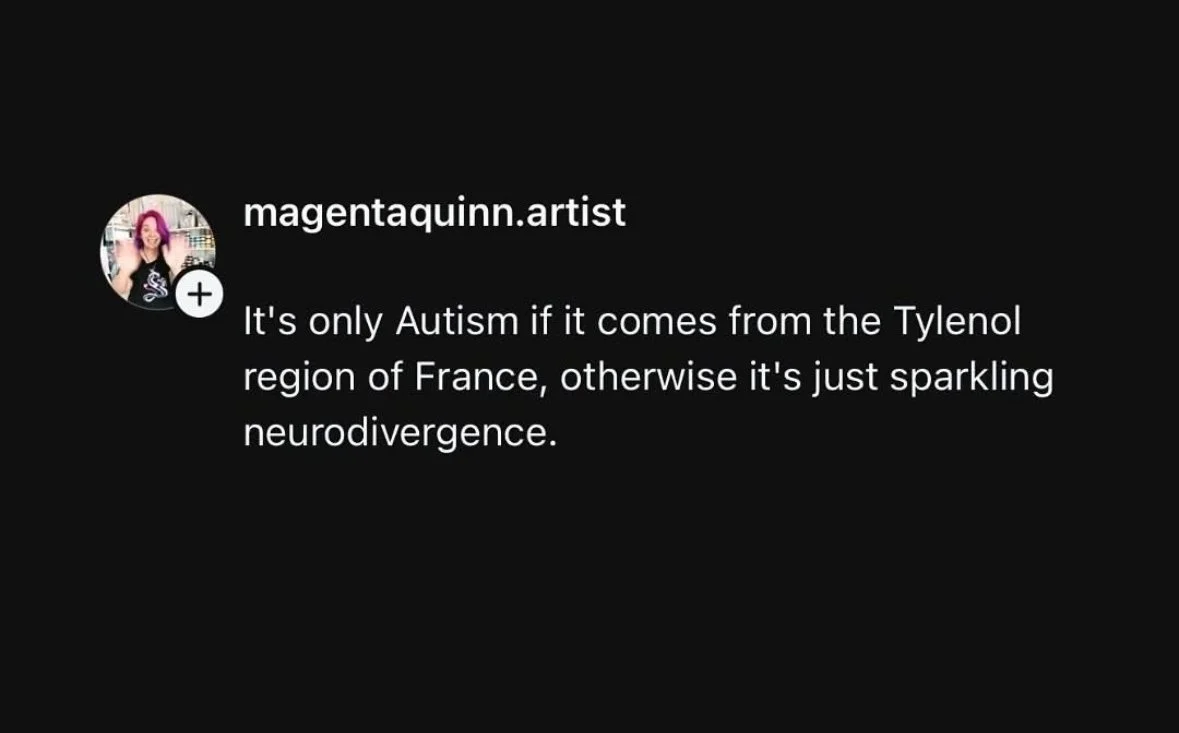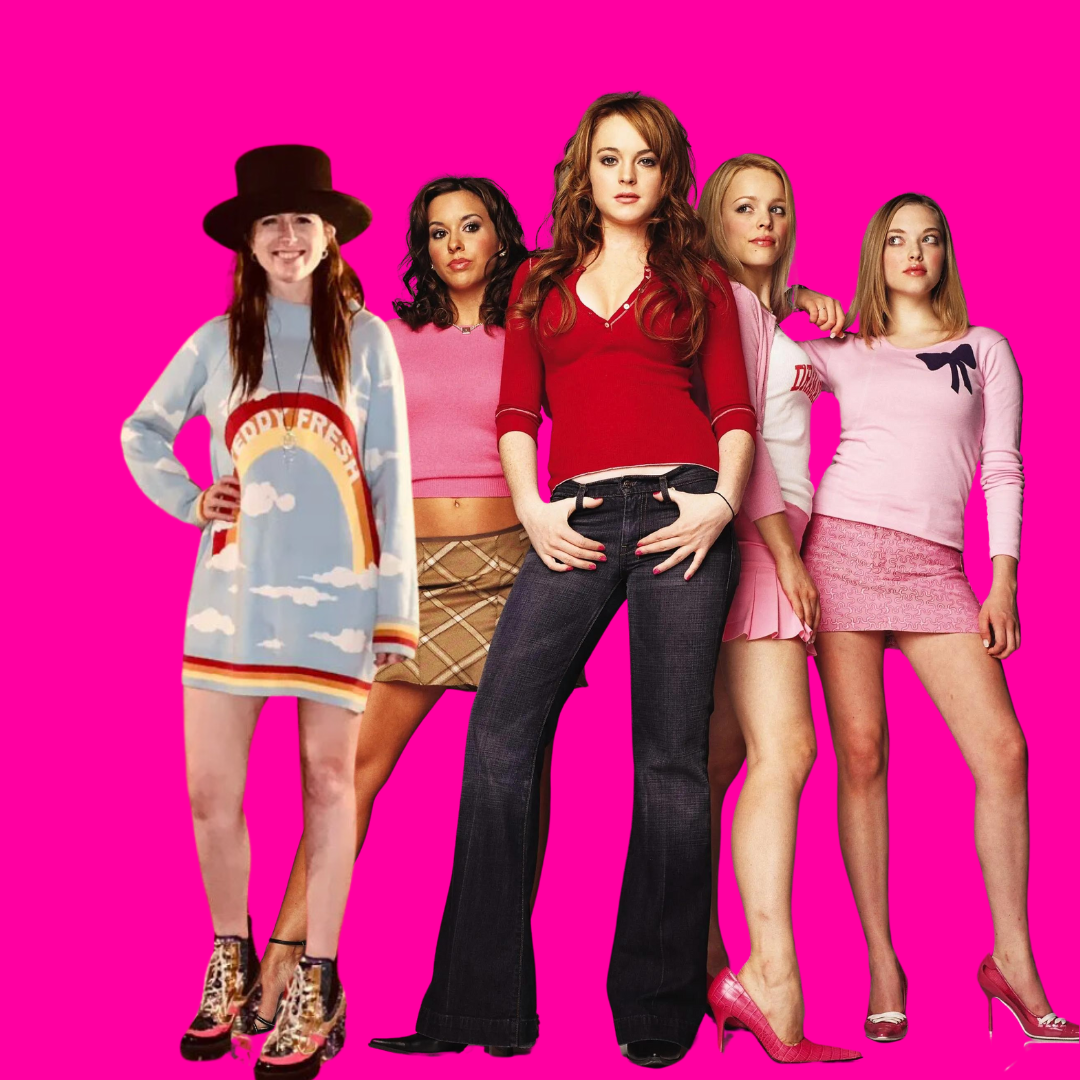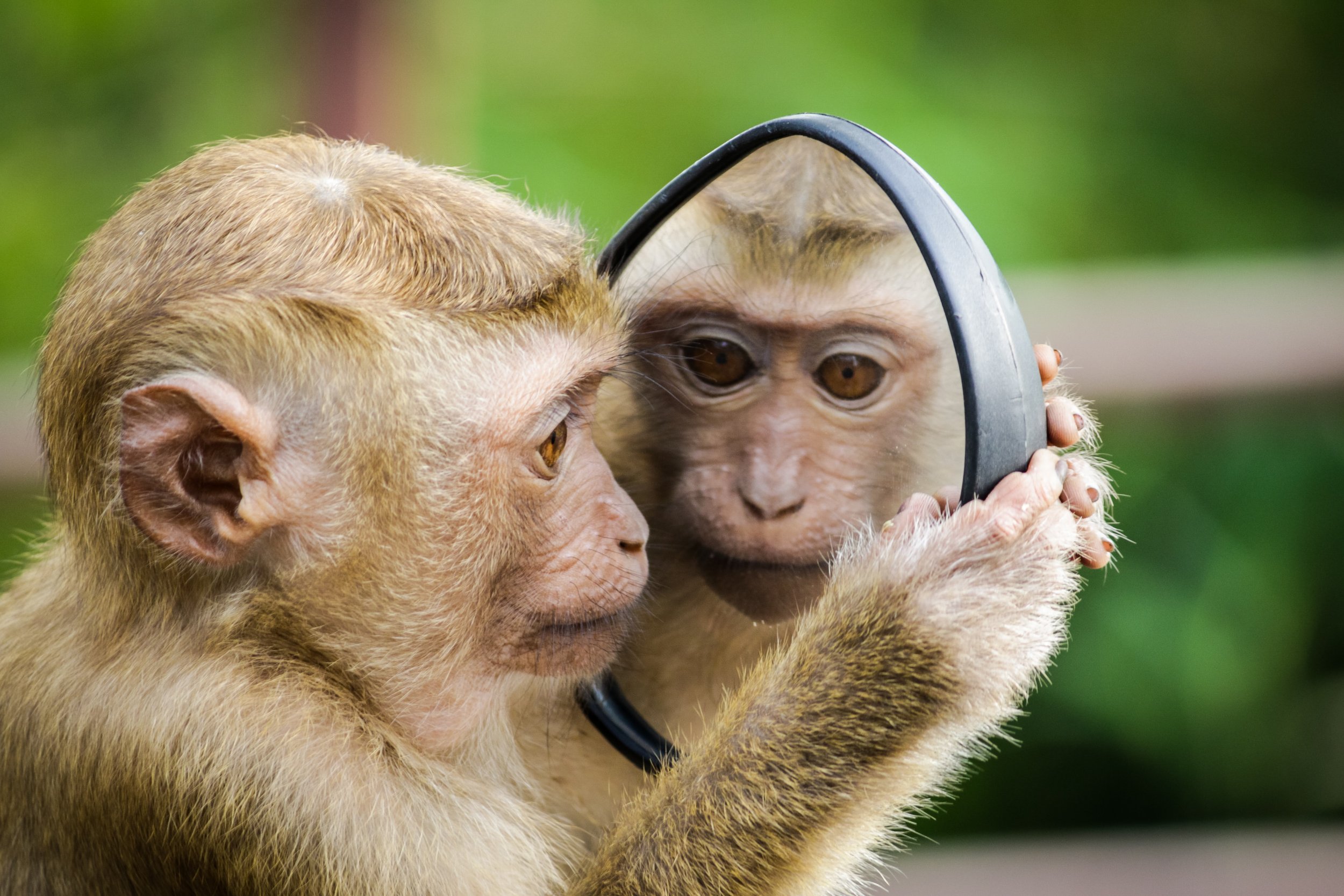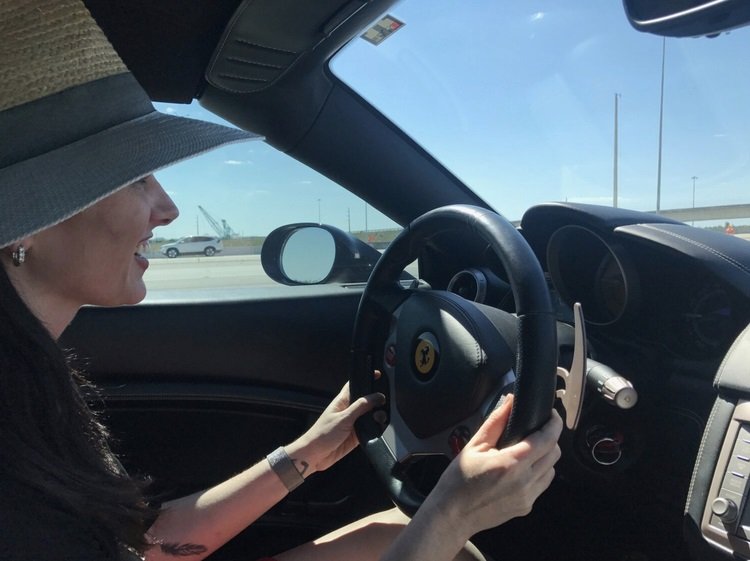#TruthBomb: Does body language reveal a person's true feelings?
Talk Nerdy To Me’s @StaffWriter:
Body language is a form of communication that can reveal a lot about a person's true feelings. For example, someone who is interested in you might stand or sit a little too close, or they might make a lot of eye contact.
On the other hand, someone who is feeling uncomfortable might stand with their arms crossed or avoid eye contact altogether.
Paying attention to these things can give you a better sense of how someone is really feeling, even if they're trying to hide it. Of course, it's always important to take body language cues in context, since there can be many reasons why someone might act a certain way.
But if you're trying to get a read on someone's feelings, it can be helpful to pay attention to their body.
How Does Body Language Reveal a Person’s True Feelings? (10 Ways)
There are 10 ways that body language reveals a person's true feelings. Let's take a look at each important way.
Facial Expressions
Facial expressions are often the first giveaway that someone is feeling something other than what they're saying.
We've all been there. Someone comes up to us, smile plastered on their face, and asks how we're doing. They say all the right things, but something about their delivery feels off.
Maybe their eyes are darting around the room, or they can't seem to meet our gaze. When this happens, it's often because the person is hiding something. Their facial expressions are betraying their true feelings.
Take, for example, the forced smile.
This is when someone's mouth is turned up at the corners, but their eyes look sad or angry. This is a common response to situations where we feel uncomfortable or exposed. We might put on a forced smile when we're around people who make us nervous.
Eyes: The Direction of the Gaze
The direction of someone's gaze can reveal a lot about their hidden feelings. For example, if someone is looking down and to the left, it may indicate that they are feeling sad or insecure.
Alternatively, if someone is looking up and to the right, it could mean that they are feeling happy or inspired.
Of course, it's important to consider other factors as well, such as overall body language and other facial expressions. However, the direction of someone's gaze can provide valuable insights into their innermost thoughts and feelings.
When people look directly into their eye during a conversation this indicates that their attention will be rewarded. However, prolonged eyes contact may cause a heightened risk. Breaking eye contact may indicate a distraction from his or her true feelings or that he or she is attempting a disguised situation.
Pupil size
Pupils size are often subtle and nonverbal communications signals. Although ambient light controls the pupil division, emotion can also affect small pupil sizes. Among others, you may know of an expression "bedroom eye" which describes the look people give when attracted to other people. Generally, a dilated eye can show someone interested and possibly aroused.
Blinking
Blinking is normal, but you should be careful when someone is blinking too quickly. Sometimes people blink faster to feel stressed. Often the squint of the eyes indicates an intention of manipulating the eyes movement of the person who blinks. In some cases poker players may blink less often as they are trying to appear uninterested about what hand the dealer gave them.
Posture or Posturing?
Posture can also provide clues about how a person is really feeling.
The way we carry ourselves conveys a wealth of information to the world, whether we realize it or not. For example, someone who is feeling sad may slump their shoulders and lower their head, while someone who is feeling angry may square their shoulders and raise their chin.
Posture is not always an accurate indicator of inner emotions. Sometimes we assume a particular stance simply out of habit. However, the next time you find yourself in a room full of people, take a moment to observe their postures. You may be surprised at what hidden feelings you are able to detect.
Crossed Arms
We all have tells—those little physical cues that betray our hidden feelings. And one of the most common tells is crossed arms. When we're feeling defensive or closed off, we instinctively cross our arms in front of our chest. It's a way of protecting ourselves, both physically and emotionally.
But crossed arms can also send a powerful message to others. It can make us seem unapproachable or even hostile.
Mouth
Mouth expression and movement are also important to understand body language. When you bite your bottom lip, you know that you have experienced feelings of insecurity, concern and anxiety. Covering your mouth is sometimes considered a polite gesture when someone is coughing, but sometimes it can serve as an excuse for hiding a glare. Smiling has been cited as a great body language signal and smiles are interpreted in various ways. A smile is sometimes a genuine gesture of joy. When assessing body language, take note of these facial expression signals.
Fidgeting
Fidgeting can be defined as any kind of restless or nervous movement, such as tapping your foot, twirling your hair, or biting your nails. It's often seen as a sign of impatience or boredom, but it can also be a way of releasing pent-up energy or nerves.
In some cases, it may even be a way of self-soothing. When someone is fidgeting, they are usually not aware of it and may not even realize they are doing it.
Hands & Fists
When it comes to understanding our hidden feelings, our hands can tell us a lot. For example, someone who is feeling anxious or nervous may clench their fists tightly. This is because when we are feeling stressed or threatened, our body's natural reaction is to prepare for fight or flight.
Clenching our fists is a way of getting ready to defend ourselves.
Similarly, someone who is feeling angry may also clench their fists or curl their hands into balls. This is a way of channeling that energy and preparing to strike out. However, not all hand gestures are negative.
Someone who is feeling happy or excited may open their palms and wave their hands around energetically.
Head Tilt
When we see someone tilt their head, it's a strong indication that they're interested in what we're saying.
Head tilting is a nonverbal cue that communicates interest, concern, and engagement. It's also an unconscious gesture that can reveal hidden feelings. When someone tilts their head to the side, it usually means they're curious or they're trying to understand something better.
If someone tilts their head back, it often indicates they're feeling superior, or they think they know more than the person they're talking to.
Head tilting can also be a sign of submission. When we tilt our heads down, we're indicating that we respect the other person and we're willing to listen to them.
Feet
Our feet are often the first part of our body to show signs of stress or fatigue.
When we're feeling anxious, we may pace back and forth or tap our feet impatiently. If we're angry, we may stamp our feet in frustration. And when we're sad or afraid, we may curl up into a ball with our feet tucked underneath us.
Our feet can also reveal hidden feelings of joy or excitement. We may dance around the room or jump for joy when something wonderful happens. In short, our feet are powerful tools for expressing our emotions.
Mirroring
We've all had the experience of meeting someone new and feeling a connection with them—as if we've known them all our lives.
Often, this is because we share something in common, like a love of books or a sense of humor. But sometimes, the connection is more than just superficial. Sometimes, it's because the other person is mirroring our own body language.
When we mirror someone's body language, it's a way of subconsciously signaling that we're on their side. We're saying, "I'm like you, I understand you." It's a way of building rapport and trust.
And it's something we do instinctively when we like and admire someone.
